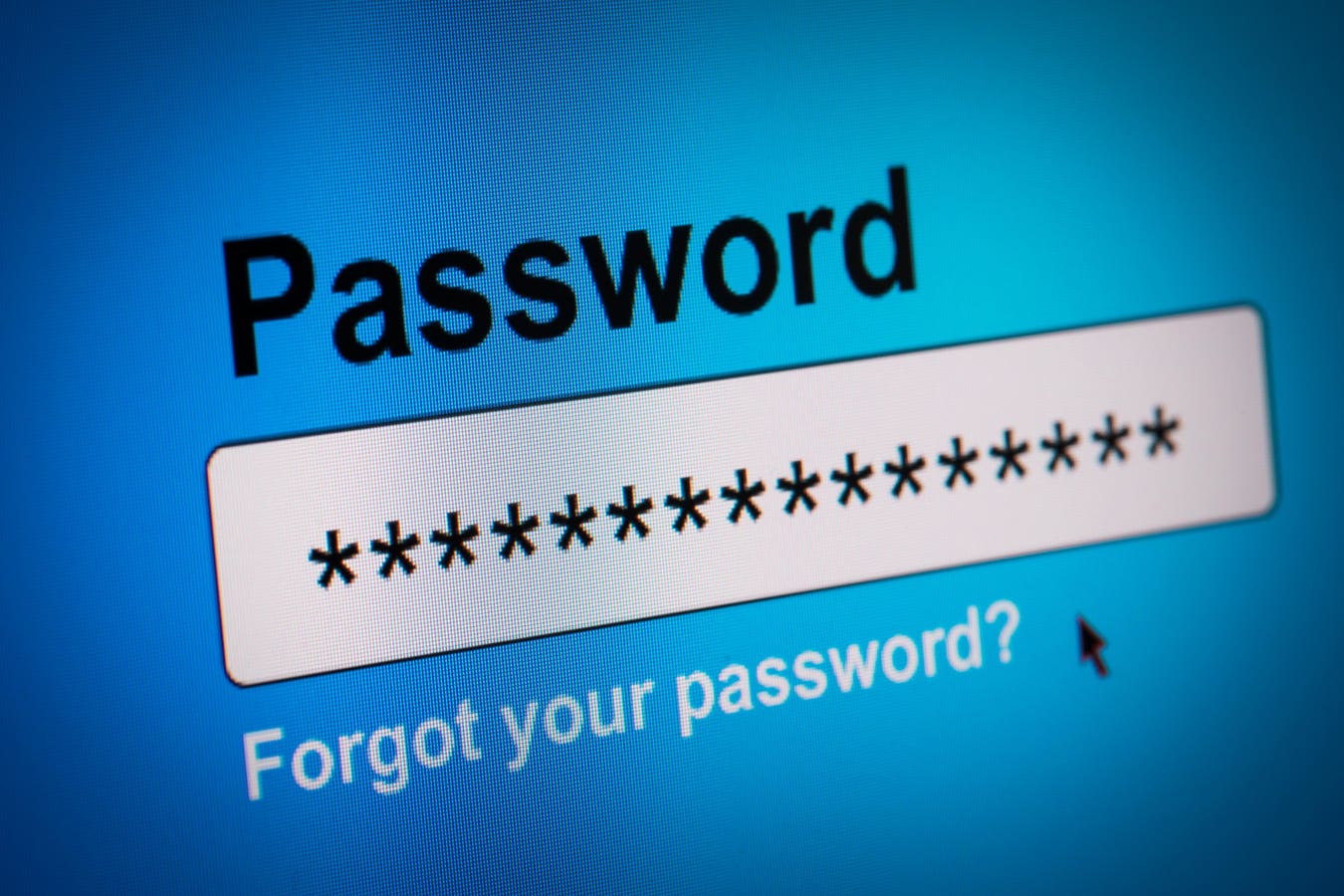Ruchir Brahmbhatt is Co-Founder and CTO of Ecosmob.
Think of the last time you received an appointment reminder, a delivery update or a two-factor authentication code. Chances are, it arrived via SMS. But it wasn’t just any SMS—it was application-to-person (A2P) messaging, a critical tool that businesses across industries are rapidly embracing.
A2P messaging in business isn’t new, but its adoption has skyrocketed as businesses seek direct, reliable and high-engagement communication channels to reach their customers. With global A2P messaging market trends projecting revenue to hit $84.8 billion by 2029, it’s not slowing down.
But what’s fueling this surge? And why are businesses prioritizing A2P over other communication channels?
1. The Shift Toward Mobile-First Engagement
Customers today live on their smartphones. Whether it’s shopping, banking or customer support, mobile is the default platform for interaction. Businesses that don’t optimize for mobile risk losing engagement and conversions.
SMS messages have an open rate of 98%, unlike email, where open rates are around 20%. In fact, 90% of messages are opened within three minutes. This makes A2P business messaging a high-priority channel for time-sensitive communication.
But to make sure your messages are seen and acted upon, you need to consider reliability, too.
One of the biggest oversights I’ve seen businesses make is failing to account for latency. Poor routing decisions or network congestion can cause message delays, making the entire system unreliable in cases like OTPs (one-time passwords) or fraud alerts.
2. Security And Fraud Prevention
Cyber threats are more sophisticated than ever, making verifiable communication channels to protect customer data more important than ever. A2P messaging use cases (like OTPs, fraud alerts and banking notifications) have become the foundation of security-driven interactions. One such crucial use case is two-factor authentication, used mostly to send OTPs for account logins, transactions and identity verification.
But there are risks. One of today’s biggest vulnerabilities is SIM-swap fraud, where attackers hijack a user’s mobile number to intercept SMS-based authentication. This is why multilayered security is essential. You can combine OTPs with device fingerprinting, risk-based authentication and behavioral analytics (such as IP address history and device reputation) to minimize fraud risks.
3. Compliance And Industry Regulations
Compliance regulations like GDPR, PSD2 and the Telephone Consumer Protection Act (TCPA) have made secure, consent-driven communication a priority. Unlike email or app-based notifications, A2P SMS ensures direct, encrypted delivery with verifiable time stamps, reducing compliance risks for businesses. In industries like banking and fintech, SMS authentication prevents unauthorized access while ensuring compliance with security regulations.
However, regulations change quickly, and we’ve seen companies struggle to keep up. If you’re handling customer data, work closely with your A2P messaging providers to ensure that every message you send fully complies with regional regulations. Also, look for A2P messaging solutions with built-in opt-in management, automated consent tracking and region-specific routing to avoid carrier blacklisting.
4. Cost-Effectiveness And ROI
Businesses aren’t adopting A2P messaging just because it’s effective; they’re doing it because it makes financial sense. Compared to developing and maintaining mobile apps or running large-scale email marketing campaigns, A2P messaging is significantly more cost-effective. It delivers results at a fraction of the cost of other customer engagement channels.
For industries like retail, finance, healthcare and logistics, A2P business messaging streamlines communication while cutting operational costs. Automated appointment reminders reduce no-shows, fraud alerts prevent financial losses, and order confirmations minimize customer service queries—all contributing to measurable savings and increased efficiency.
I’ve seen businesses cut costs further by using hybrid A2P models to prioritize SMS for critical alerts while using lower-cost channels like WhatsApp for routine interactions. Optimizing the right mix matters as much as choosing a provider.
5. The Evolution of A2P Messaging Beyond SMS
SMS has been the backbone of A2P messaging, but it’s no longer the only player. Businesses are moving toward more interactive messaging solutions like rich communication services (RCS). Think of it as SMS but with the engagement power of an app, with read receipts, high-quality images, interactive buttons and even payments. RCS lets businesses create dynamic, branded conversations that don’t get lost in the noise of email or app notifications.
But SMS isn’t fading into the background—it’s evolving. AI-powered automation, chatbots and integrations with WhatsApp Business API and intelligent IVR systems are transforming how businesses use A2P messaging.
For example, companies are layering AI chatbots on top of A2P to automate customer inquiries, streamline appointment scheduling and provide instant fraud alerts—all without human intervention.
It’s no longer about choosing one messaging channel over another. It’s about creating a seamless, AI-powered messaging ecosystem that combines the speed of SMS, the interactivity of RCS and the intelligence of automation.
But a key challenge we’ve noticed is device incompatibility. We solve this by implementing a fallback mechanism between A2P channels. So if an RCS message fails due to an unsupported device, the system should auto-switch to SMS.
6. Omnichannel Strategies Need a Strong SMS Backbone
Businesses are shifting toward omnichannel customer engagement, where interactions seamlessly transition across SMS, WhatsApp, RCS, email and voice. A2P messaging serves as the base of this ecosystem, ensuring that time-sensitive messages reach customers even if they’re not checking their email or push notifications.
I’ve found that by properly integrating SMS with automation and CRM workflows, you create a real-time trigger for personalized customer actions—not just another notification.
For example, an e-commerce brand may send a promotional email but reinforce it with an A2P SMS reminder to improve conversion rates. Similarly, you may have noticed that an airline may push boarding pass details via an app but use SMS for last-minute flight updates, ensuring you don’t miss critical information.
A2P messaging has evolved from a basic notification tool to a mission-critical business solution.
The focus should now be on optimizing message delivery, automating compliance and integrating messaging into broader customer experience strategies.
So, if you’re a business owner, the takeaway is clear: A2P isn’t just another messaging tool—it’s a strategic asset for customer communication.
Forbes Technology Council is an invitation-only community for world-class CIOs, CTOs and technology executives. Do I qualify?








